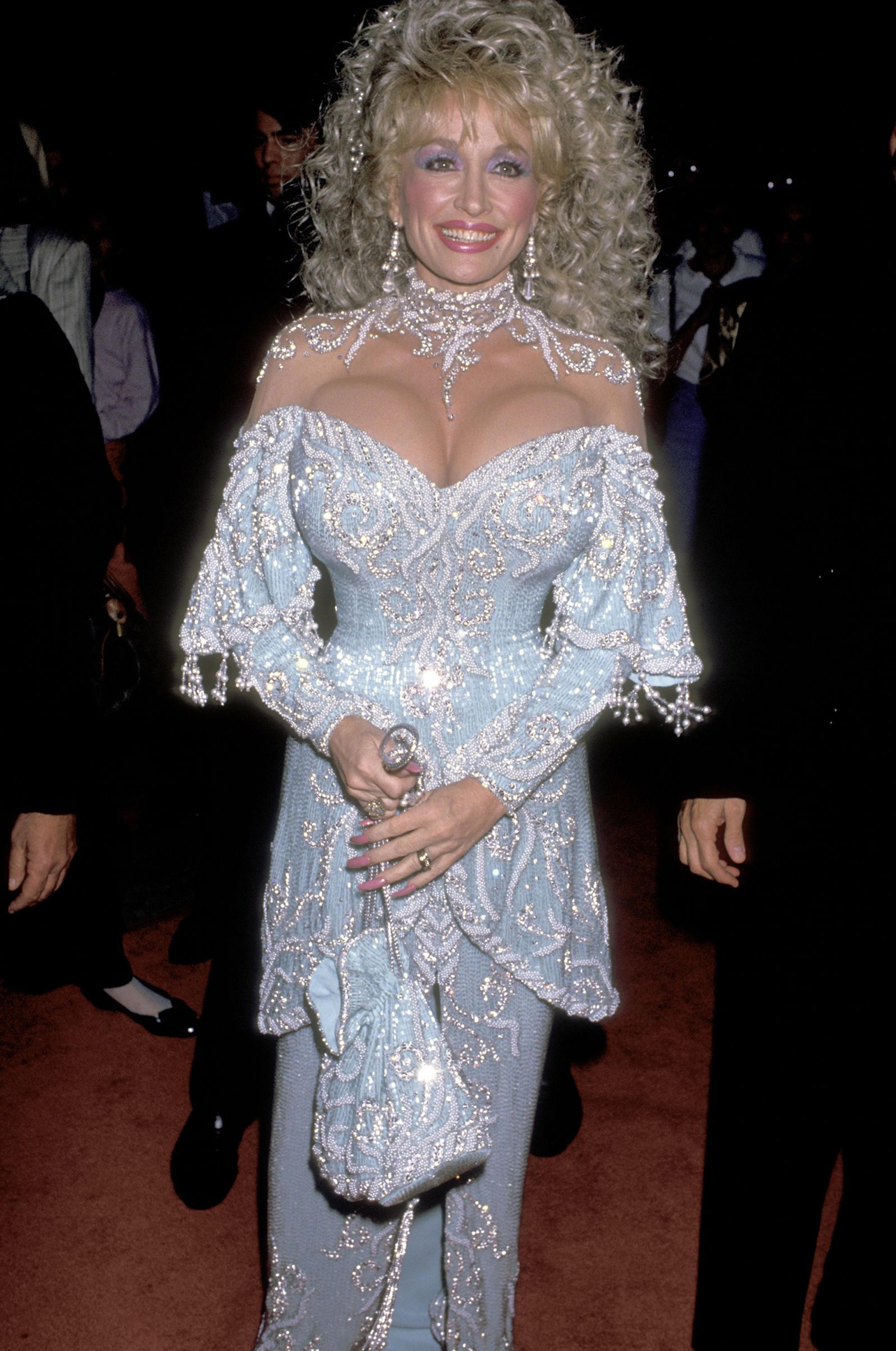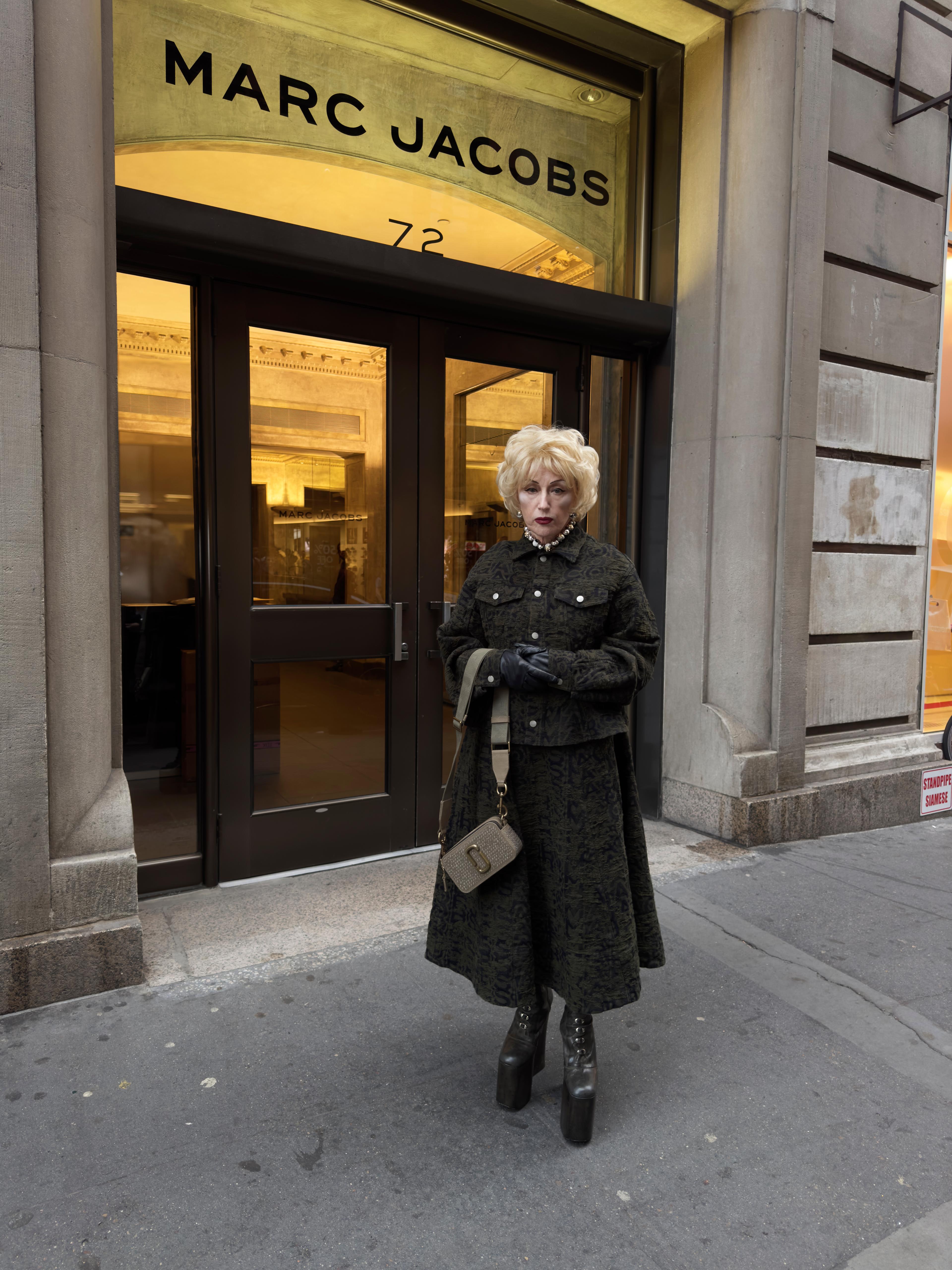As someone more interested in fashion than many people I know, I also have the capacity to look worse than other people. I came back from a month away, during which I’d lived in two pairs of jeans, two jackets, and three sweaters. There are two things I look forward to when I’ve been away for some time: those close to me, and my clothes, which, to be fair, are often even closer. But this time, opening my reasonably extensive wardrobe, I didn’t know how to look. The first few days I put together combinations that looked “off,” but not in a good way. The result of bad combinations made me question what I’d ever seen in any individual garment. I didn’t feel cool, I felt frumpy.
What is frumpy? No one can quite define it except by what it’s not. It’s a negative quality that, by virtue of its indefinability, can so easily overtake any of us at any moment. The German philosopher Theodor Adorno explored the idea of the “non-identity,” foregrounding the “primacy of the object” over our ability to conceptualize it. Frumpiness crumbles my ability to conceptualize my clothes as “looks.” Everything solid melts into air. Or perhaps becomes more solid, more material, and less my material, less conceptually malleable, more itself. Maybe some clothes want to be frumpy.
Dolly Parton attends the LA premiere of Steel Magnolias, 1989
Evading concept, frumpiness can only be defined by its opposite. The opposite of frumpy, says the website mychicobsession.com is “chic.” Though chic is a borrowing from French, I know that; to the French, chic has overtones of matchy, formal, business-appropriate – what English-speakers would call “smart.” In France it’s possible to be too chic and, even outside l’hexagone, chic’s smartness has itself become frumpy. Chic and style are not the same thing.
In the absence of frumpiness, style can only embody conventional values: smart clothes, luxe fabrics, chic tenues, young, thin, able bodies: boring. But, equally, there’s no marker of privilege like the freedom not to be “chic.”
Negative Dialectics emphasizes materiality. And so does frumpiness. Mychicobsession is revolted by certain garments’ textures: “polyester floral shirts, elastic waist jeans (and not in a trendy way), and graphic t-shirts with rhinestones.” There’s no point not saying that these aren’t the coolest things when worn in the right way (so many negatives in this dialectic!), or pointing out that these materials are closely associated with working-class dressing, and – especially for women – “looking old,” linking “frumpiness” to low social and economic power (even the material can’t avoid conceptual associations!). The highest-end designers are desperate to recuperate this “negative capability,” perhaps partly because they recognize its creative joy, but also because they cater to clients who don’t always want to appear to be wearing the (literal) mantle of power. In the absence of frumpiness, style can only embody conventional values: smart clothes, luxe fabrics, chic tenues, young, thin, able bodies: boring. But, equally, there’s no marker of privilege like the freedom not to be “chic.” Mychicobsession advises half-tucking to de-chicify an outfit. Well, Mychicbosession is quite a frumpy website. But that all depends where you stand.
Frumpy is about being in a certain position in relation to fashion. But that position can shift according to yours. In Edith Wharton’s early-20th-century novel, The Custom of the Country, a treasure trove of Paris couture is discovered in a dead rich woman’s closet. Living far from fashion’s (then) European center, she knew local styles would lag behind for a number of years, and was waiting for her milieu to not only catch up with fashion, but to let fashion bypass them. Wharton’s character certainly didn’t want to look avant-garde, but perhaps she didn’t even want to look fashionable. She wanted to fit in. She wanted to look like her clothes – literally – became her.
“Frumpy” is constantly recycled as “chic,” and vice versa (just ask Marc Jacobs or Miuccia Prada). Designers often use a “frumpy” item or technique (crochet, ruching), not to smooth a look, but to détourne chic, in order to bring it into the realm of cool for the catwalk, using an optional frumpy accessory to give edge to sober garments that might look no more than quietly elegant on their final buyer. This creates a kind of dialectic between Adorno’s materialistic non-identity and… something else. The frumpy (or “non-identical”) meets “identical” chic (what Adorno could have called “conceptual”) fashion, demonstrating an (only) apparent light-hearted attitude to what can be the very serious business of designer dressing.
Artist Cindy Sherman gives both frump (the hair, the pearls) and post-frump (the chic suit) in Marc Jacobs’s SS24 campaign, shot by Juergen Teller. Courtesy: Marc Jacobs
Ironically, what we call frumpy is what has become “too” identical, too conceptual. What would Cindy Sherman’s frumpy Marc Jacobs suit say if it wasn’t twinned with “fashion boots?” And what if we didn’t know this over-made-up pearl-clutcher wasn’t a famous artist? We might think she’s fabulous; certain people might think she’s straightforwardly chic. But we wouldn’t think she had style.
But neither style nor frumpiness is pure concept or material – as with Sherman’s outfit, each is, in its own way, a perfect instance, a moment of recognition of difference, what Alain Badiou might have labelled an “encounter,” a situation that creates a space in which change is possible. Like style, frumpiness has its own je ne sais quoi. Its process is the continual disavowal of conceptual knowledge, which is why frumpiness is so often recuperated as delightfully naive. The point at which frumpiness overlaps with style is intentionality. Both refuse to entirely follow fashion. Frumpiness is not so much a non-conceptual avowal of materiality as a dissatisfaction with this dissatisfaction itself, as fashion always desires to translate a desire for a look into a material outfit.
Christian Dior SS Ready-to-Wear 2005
When the idea of being chic itself becomes frumpy, it can even be pre-recuperated before it’s passed through fashion’s digestive system – regurgitated by chain stores, then hung on to beyond the point of fashion by wearers who… just like that piece. Celine or YSL’s “too-chic” bourgeois or business ensembles of the last few seasons seem to comment ironically on themselves. They are both chic and what we could call “post-frumpy.”
In our post-frump condition, neither frumpiness nor chic can be identified by “what” is worn, but “how.”
___





